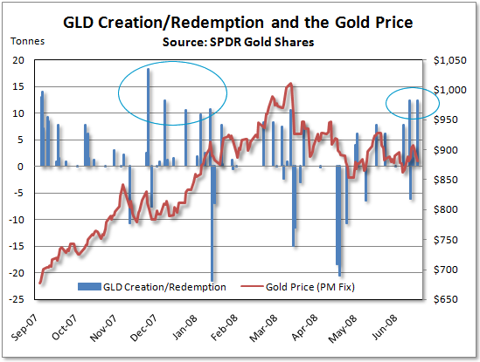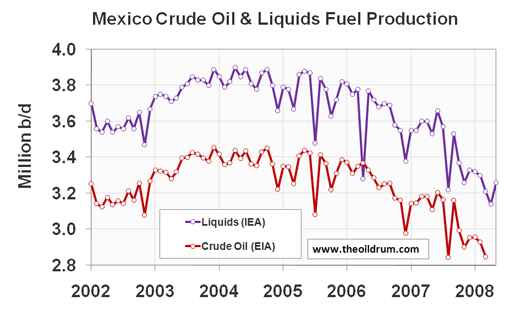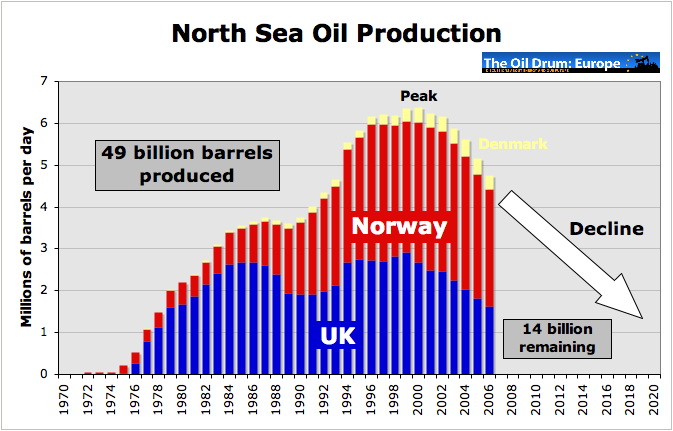You know that story we keep hearing that the Chinese are drilling or about to drill in Cuban waters just 50 miles from the Florida coast? Turns out those rumors aren’t true, though they are repeated a lot ...
Vice President Dick Cheney, in a speech Wednesday to the U.S. Chamber of Commerce, picked up the refrain. Cheney quoted a column by George Will, who wrote last week that "drilling is under way 60 miles off Florida. The drilling is being done by China, in cooperation with Cuba, which is drilling closer to South Florida than U.S. companies are."
Are you shocked – shocked! – to find out that both Dick Cheney and George Will are bending the truth? From the McClatchy Washington Bureau …
"China is not drilling in Cuba's Gulf of Mexico waters, period," said Jorge Pinon, an energy fellow with the Center for Hemispheric Policy at the University of Miami and an expert in oil exploration in the Gulf of Mexico. Martinez cited Pinon's research when he took to the Senate floor Wednesday to set the record straight.
No one can prove that the Chinese are drilling anywhere off Cuba's shoreline. The China-Cuba connection is "akin to urban legend," said Sen. Mel Martinez, a Republican from Florida who opposes drilling off the coast of his state but who backs exploration in ANWR.
I know, I know, most of us feel stupid when we get suckered by Rush Limbaugh’s or George Will’s talking points. I say most of us because a lady next to me at the Blood Bank this week insisted that Barack Obama refused to sing the national anthem, and she didn’t feel stupid at all.
For the record, I believe we SHOULD be drilling off the coast of Florida. But I’d only do it in concert with a massive government-mandated conservation program. We can start conserving oil tomorrow and that could have a real effect on demand (and prices). Even if we can overcome the objections of the Florida government and open its coast to drilling, we won’t be producing from there for a few years.
In other news …
A US Admiral asks if oil could hit $400 a barrel by 2018. If anything, I think his target is too far away.
The IMF says half the world’s population benefits from cut-rate petroleum prices, and that is driving up the price for the rest of us.
The technologies that could save the planet include improvements in the efficiency of fuels and electricity, fuel economy of cars and lighter trucks, plug-in hybrids and all-electric vehicles, and new battery technology. Problem is, it’s going to cost $45 trillion.
Many people are thinking of selling gas-hog vehicles. Do the math first and see if it's really a smart idea for you. Here’s a story that explains how to do that.
There are more than 200 million cars, trucks, and other gasoline-powered vehicles in the US. Our culture, our modern nation is founded on cheap gasoline. So what do we do now?
Sustainable Energy Transitioner is a peak energy blog with some good links.
Here are more details on the Export Land Model from Jeffrey Brown.
In an age of sky-high gasoline prices, more and more people are riding the railroad. Naturally, The White House threatened on Monday to veto legislation to fund Amtrak for the next five years.
The global harvests need to be excellent this year to keep the world from starving. They’re not going to be excellent. They may not even be good. Even the much-vaunted Australian harvest will likely produce only 5 to 15 million tons of wheat for export.
Could rising oil prices finally derail the globalization freight train? Bloomberg reports that global retailers may cut orders from China and India and source more goods locally in developed markets because of increased energy and transportation costs.
Hey, China! The USA still kicks your butt when it comes to greenhouse gas emissions.
Should the US ration gasoline? Impose windfall taxes on oil companies? UPI mulls it over. A recent CNN/Opinion Poll shows that 55% of Americans fear rationing and long lines most, while 45% fear high prices most.
Econobrowser – a site I’ve mentioned before – has some nice charts to explain The Oil Shock of 2008. Another site worth checking out is ASPO USA.
Labels: gasoline, global warming, peak oil


































